

A house is covered by ash from a volcano that continues to erupt on La Palma in Spain's Canary Islands on Oct. 30, 2021. Authorities on a Spanish island are declaring a volcanic eruption that has caused widespread damage but no casualties officially finished, following ten days of no significant sulfur dioxide emissions, lava flows or seismic activity. But the emergency in La Palma, the northwesternmost of the Atlantic Ocean's Canary Islands, is not over yet, said the director of the archipelago’s volcanic emergency committee, or Pevolca, Julio Pérez. (AP Photo/Emilio Morenatti, File)More
Sat, December 25, 2021
MADRID (AP) — Authorities on one of Spain's Canary Islands declared a volcanic eruption that started in September officially finished Saturday following 10 days of no lava flows, seismic activity or significant sulfur dioxide emissions.
But the emergency in La Palma, the most northwest island in the Atlantic Ocean archipelago, is not over due to the widespread damage the eruption caused, the director of the Canaries' volcanic emergency committee said in announcing the much-anticipated milestone.
“It's not joy or satisfaction - how we can define what we feel? It's an emotional relief. And hope," Pevolca director Julio Pérez said. "Because now, we can apply ourselves and focus completely on the reconstruction work.”
Fiery molten rock flowing down toward the sea destroyed around 3,000 buildings, entombed banana plantations and vineyards, ruined irrigation systems and cut off roads. But no injuries or deaths were directly linked to the eruption.
Pérez, who is also the region’s minister of public administration, justice and security, said the archipelago’s government valued the loss of buildings and infrastructure at more than 900 million euros ($1 billion).
Volcanologists said they needed to certify that three key variables - gas, lava and tremors - had subsided in the Cumbre Vieja ridge for 10 days in order to declare the volcano’s apparent exhaustion. Since the eruption started on Sept. 19, previous periods of reduced activity were followed by reignitions.
On the eve of Dec. 14, the volcano fell silent after flaring for 85 days and 8 hours, making it La Palma's longest eruption on record.
Spanish Prime Minister Pedro Sánchez called the eruption's end “the best Christmas present.”
“We will continue working together, all institutions, to relaunch the marvelous island of La Palma and repair the damage," he tweeted.
Farming and tourism are the main industries on the Canary Islands, a popular destination for many European vacationers due to their mild climate.

The Cumbre Vieja volcano in La Palma
Sat, December 25, 2021
By Nathan Allen and Silvio Castellanos
MADRID (Reuters) - Scientists declared the eruption on Spain's La Palma officially over on Saturday, allowing islanders to breathe a sigh of relief nearly 100 days after the Cumbre Vieja volcano began to spew out lava, rock and ash and upended the lives of thousands.
After bursting into action on Sept. 19, the volcano suddenly went quiet on Monday Dec. 13 but the authorities, wary of raising false hope, held off until Christmas Day to give the all-clear.
"What I want to say today can be said with just four words: The eruption is over," Canary Islands regional security chief Julio Perez told a news conference on Saturday.
During the eruption, lava had poured down the mountainside, swallowing up houses, churches and many of the banana plantations that account for nearly half the island's economy. Although property was destroyed, no one was killed.
Maria Jose Blanco, director of the National Geographic Institute on the Canaries, said all indicators suggested the eruption had run out of energy but she did not rule out a future reactivation.
Some 3,000 properties were destroyed by lava that now covers 1,219 hectares - equivalent to roughly 1,500 soccer pitches - according to the final tally by the emergency services.
Of the 7,000 people evacuated, most have returned home but many houses that remain standing are uninhabitable due to ash damage. With many roads blocked, some plantations are now only accessible by sea.
German couple Jacqueline Rehm and Juergen Doelz were among those forced to evacuate, fleeing their rented house in the village of Todoque and moving to their small sail boat for seven weeks.
"We couldn't save anything, none of the furniture, none of my paintings, it's all under the lava now," said Rehm, 49, adding that they would move to nearby Tenerife after Christmas.
"I'm not sure it's really over. I don't trust this beast at all," she said.
The volcanic roar that served as a constant reminder of the eruption may have subsided and islanders no longer have to carry umbrellas and goggles to protect against ash, but a mammoth cleanup operation is only just getting underway.
The government has pledged more than 400 million euros ($453 million) for reconstruction but some residents and businesses have complained that funds are slow to arrive.


Lava flows as volcano continues to erupt on the Canary island of La Palma, Spain, on Nov. 29, 2021. Authorities on a Spanish island are declaring a volcanic eruption that has caused widespread damage but no casualties officially finished, following ten days of no significant sulfur dioxide emissions, lava flows or seismic activity. But the emergency in La Palma, the northwesternmost of the Atlantic Ocean's Canary Islands, is not over yet, said the director of the archipelago’s volcanic emergency committee, or Pevolca, Julio Pérez. (AP Photo/Emilio Morenatti, File)
Spain declares end to La Palma volcano eruption
Spanish Prime Minister Pedro Sanchez has described the end of the eruption on the tiny Canary island as the "best Christmas present." The volcano flared for more than 85 days, causing nearly €1 billion in damage.
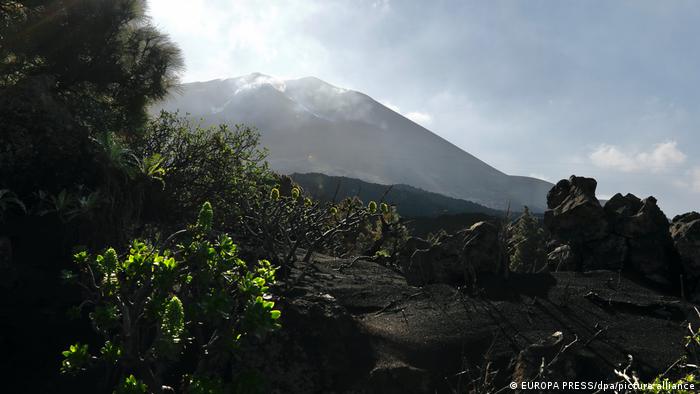
The volcano on La Palma erupted for 85 days and 8 hours, making it the island's longest eruption on record
The volcanic eruption on the Spanish island of La Palma has been declared over, more than three months after it began, officials said Saturday.
The announcement followed 10 days of low-level activity from the Cumbre Vieja volcano on La Palma — one of the Canary Islands, just off Africa's northwest coast.
Spanish Prime Minister Pedro Sanchez called the news "the best Christmas present."
The eruption on September 19 sent ash plumes containing toxic gases into the air and created rivers of molten rock that crashed into the sea.
More than 2,900 properties — homes, schools, churches and health centers — along with large swathes of farmland were damaged, at an estimated cost of €900 million ($1 billion).
No injuries or deaths have been reported but thousands of people were evacuated.
The eruption — which was accompanied by frequent earthquakes — was the first on La Palma since 1971.
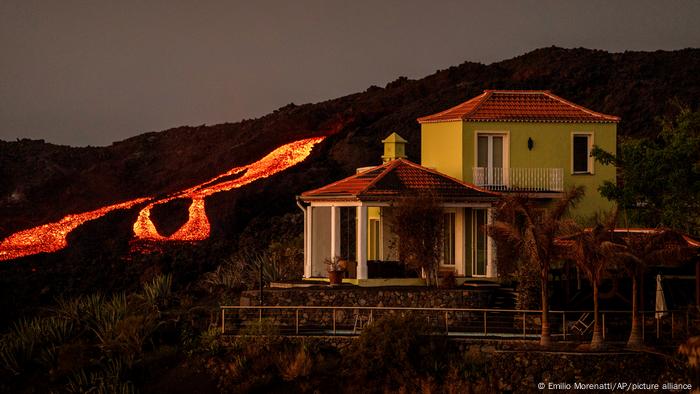
A photo from November of red-hot lava flowing down a mountain near someone's home
Record for longest eruption
The volcano fell silent on the evening of December 14 after flaring for 85 days and 8 hours, making it the island's longest eruption on record.
"We will continue working together, all the institutions, to relaunch the wonderful island of La Palma and repair the damage caused," Sanchez tweeted on Saturday.
His government has so far promised €225 million to fund recovery efforts, including temporary housing and financial assistance to people who lost their jobs.
A spokesperson for the Canaries' volcanic emergency committee Miguel Angel Morcuende tempered the good news, stressing that the volcano remains unpredictable and could suddenly become active again.
"It's not joy or satisfaction — how we can define what we feel? It's an emotional relief. And hope," Julio Perez, the emergency committee's director, said. "Because now, we can apply ourselves and focus completely on the rebuilding work.''
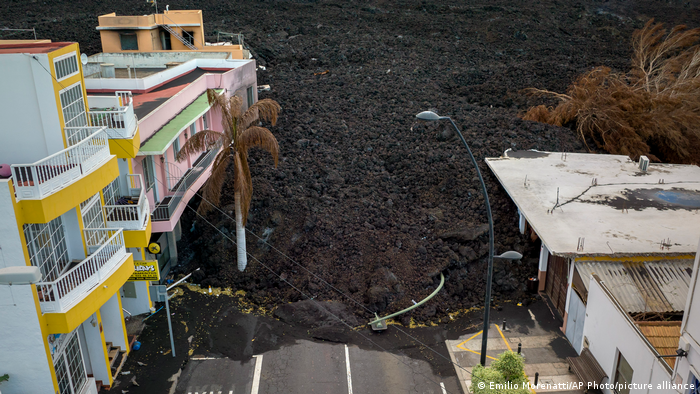
Nearly three thousands buildings, including many homes, were destroyed or damaged by the lava flow from the volcano
Residents return home
People returning to their homes were told to open their windows to make sure any toxic gas that had accumulated could escape, state broadcaster RTVE reported.
The lava will also take a long time to cool to a safe level.
Experts have warned it will take several years to clean up the land destroyed by the lava and remove huge amounts of ash from buildings and roads.
Soldiers from an emergency unit have been removing ash from rooftops to prevent buildings from collapsing.
La Palma is roughly 35 kilometers (22 miles) long and 20 kilometers (12 miles) wide at its broadest point.
Farming and tourism are the main industries on the Canary Islands, a popular destination for many European vacationers due to their warm climate, especially in winter.
Another volcanic eruption, the longest in Iceland in 50 years, was also declared over this week.
The flareup began on March 19 on the outskirts of Mount Fagradalsfjall, about 30 kilometers southwest of the capital Reykjavik.
mm/aw AFP, AP, dpa
Spain declares volcano eruption on La
Palma island over after 3 destructive
months
Lava swallowed up houses, churches, many banana
plantations on the island but no deaths
Scientists declared the eruption on La Palma in Spain officially over on Saturday, allowing islanders to breathe a sigh of relief nearly 100 days after the Cumbre Vieja volcano began to spew out lava, rock and ash, and upended the lives of thousands.
After bursting into action on Sept. 19, the volcano suddenly went quiet on Dec. 13, but the authorities, wary of raising false hope, held off until Christmas Day to give the all-clear.
"What I want to say today can be said with just four words: The eruption is over," Julio Perez, the Canary Islands regional security chief, told a news conference on Saturday.
During the eruption, lava had poured down the mountainside, swallowing up houses, churches and many of the banana plantations that account for nearly half the island's economy. Although property was destroyed, no one was killed.
Maria Jose Blanco, director of the National Geographic Institute on the Canaries, said all indicators suggested the eruption had run out of energy, but she did not rule out a future reactivation.
Long rebuilding ahead
Some 3,000 properties were destroyed by lava that now covers 1,219 hectares — equivalent to roughly 1,500 soccer pitches — according to the final tally by the emergency services.
Of the 7,000 people evacuated, most have returned home, but many houses that remain standing are uninhabitable due to ash damage. With many roads blocked, some plantations are now only accessible by sea.
German couple Jacqueline Rehm and Juergen Doelz were among those forced to evacuate, fleeing their rented house in the village of Todoque and moving to their small sail boat for seven weeks.
"We couldn't save anything — none of the furniture, none of my paintings, it's all under the lava now," said Rehm, 49, adding they would move to nearby Tenerife after Christmas.
"I'm not sure it's really over. I don't trust this beast at all."
The volcanic roar that served as a constant reminder of the eruption may have subsided, and islanders no longer have to carry umbrellas and goggles to protect against ash. But a mammoth cleanup operation is only just getting underway.
The government has pledged more than 400 million euros ($580 million Cdn) for reconstruction, but some residents and businesses have complained that funds are slow to arrive.
See images from the September and October eruptions:1 of 19

A second 4.5-magnitude earthquake in two days has rattled the Spanish island of La Palma — the strongest to hit the Canary Island off northwest Africa since the Cumbre Vieja volcano erupted Sept. 19. Rivers of molten rock that scientists described on Friday as 'a true lava tsunami' forced the evacuation of more than 300 people late Thursday. About 7,000 people in all have had to flee since the eruption. Here, civil guards point out the volcano during their patrol outside the exclusion area in the municipality of Los Llanos de Aridane on Oct. 15.




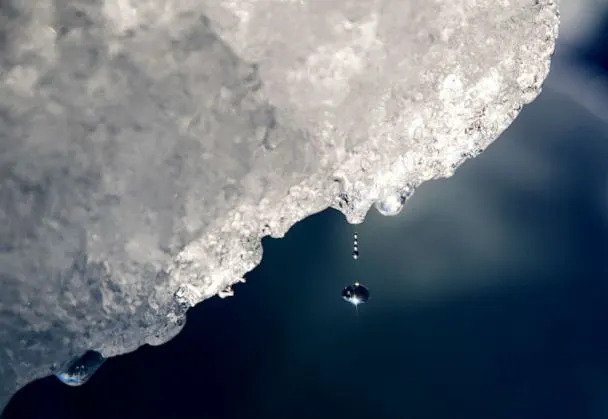
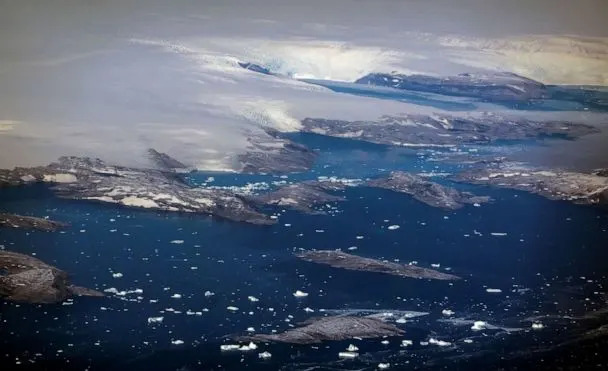
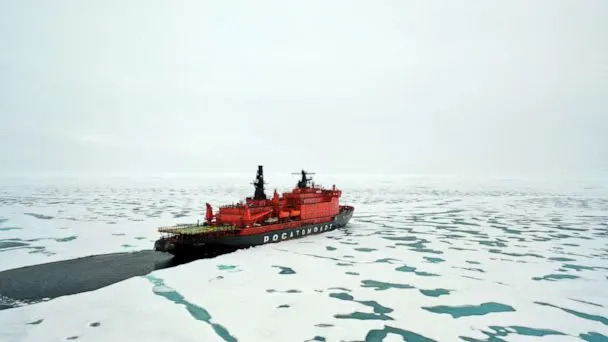
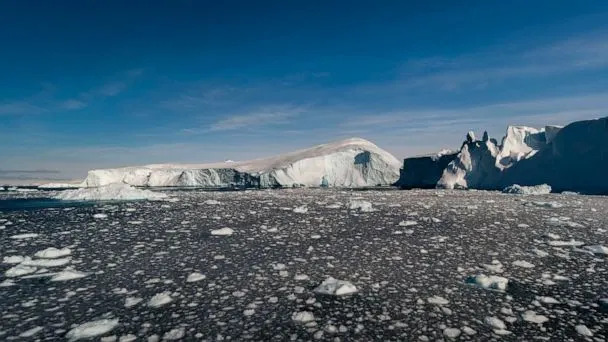
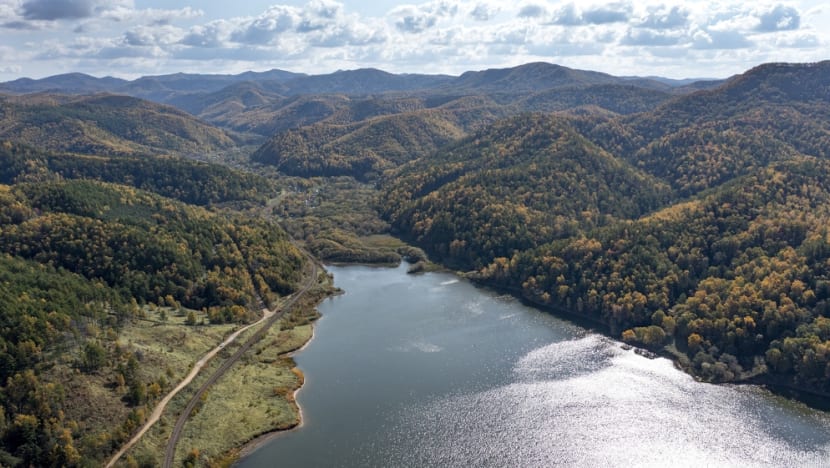


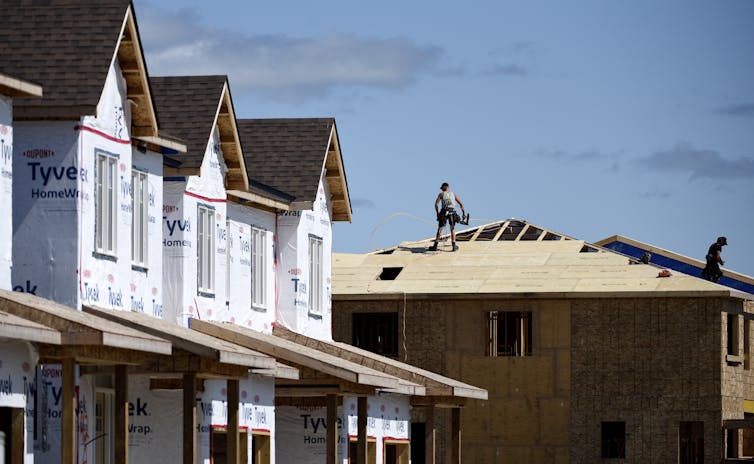
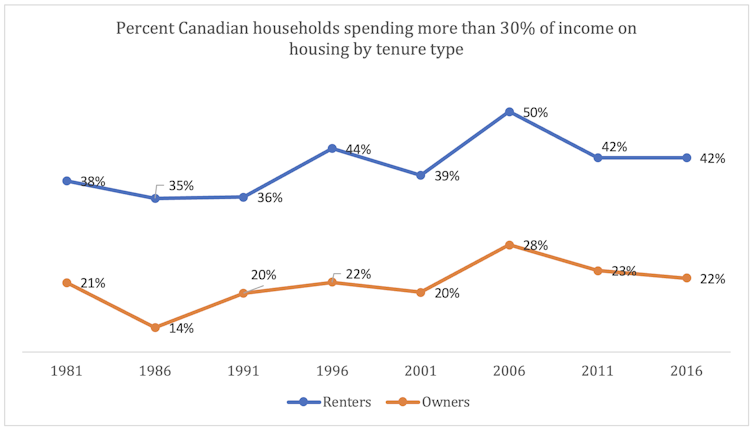
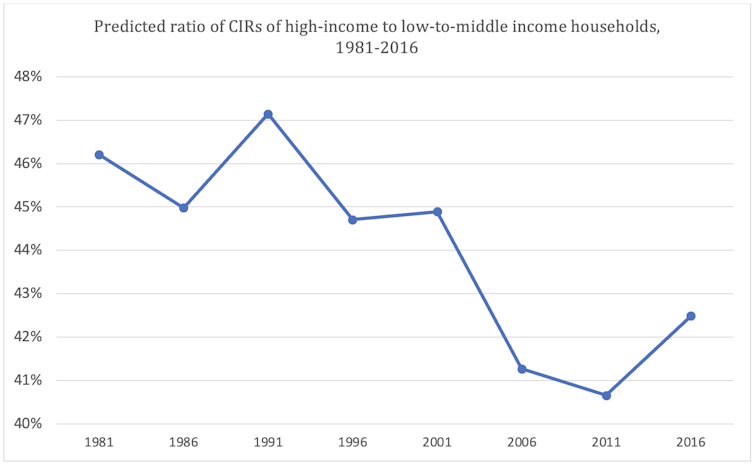
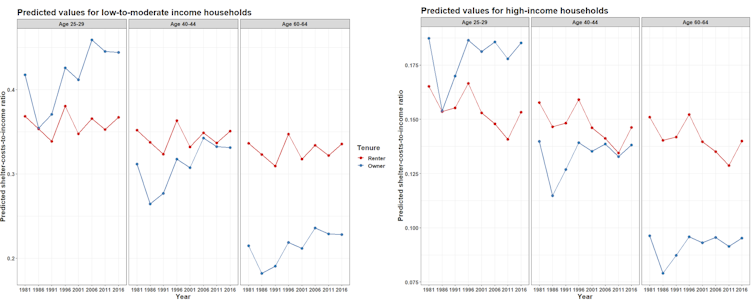
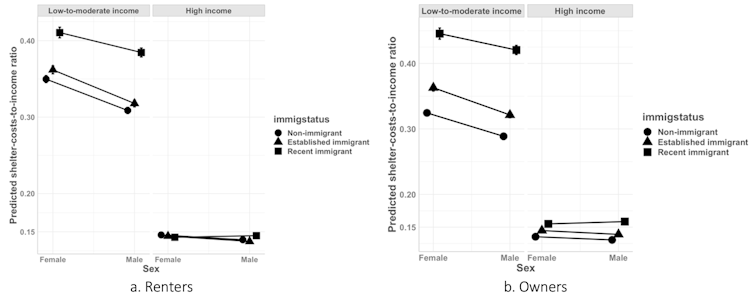


.jpg?ext=.jpg) Lubiatowo-Kopalinio is a coastal location whereas Żarnowiec is lakeside (Image: PEJ)
Lubiatowo-Kopalinio is a coastal location whereas Żarnowiec is lakeside (Image: PEJ)